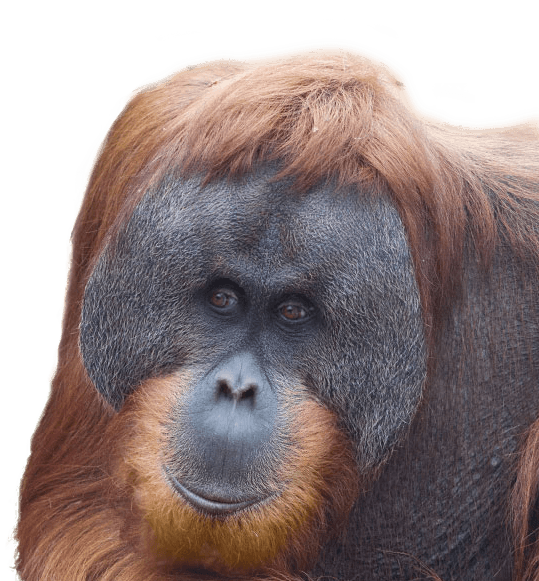Discover More

Donate to help save species
Help keep conservation projects active and achieving positive outcomes with vital equipment and resources.
Support us
Annual Membership
Unlimited visits to Adelaide Zoo, Monarto Safari Park and most Australian zoos.
View More
Life Membership
Share a lifetime of memorable moments with unlimited visits to Adelaide Zoo and Monarto Safari Park.
View More






